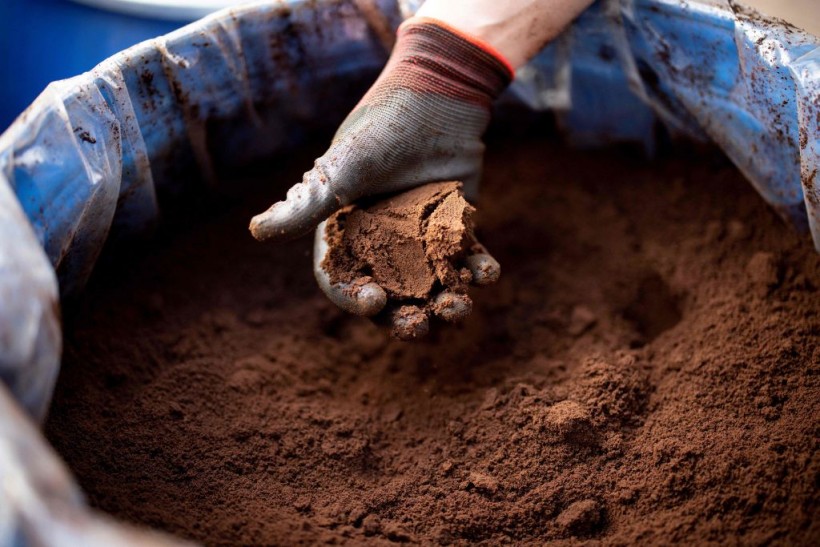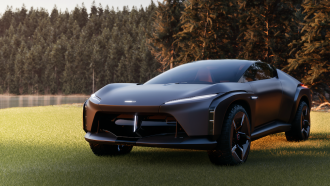For many of us, we need a dose of caffeine to get started. But it turns out that humans are not the only ones who can be activated by coffee, it can also be used to develop high-quality biodiesel, as reported first by Interesting Engineering.

(Photo : TOLGA AKMEN/AFP via Getty Images)
British cosmetic company creating skincare products with leftover natural ingredients UpCircle Beauty members of staff packs aways in barrels used coffee grounds collected from coffee shops, at their storage unit, in south London, on February 10, 2022.
Converting Microalgae to Biodiesel
Microalgae for low-emission biodiesel were created by Aston University researchers using leftover coffee. This discovery is also a breakthrough in the microalgal cultivation technique, according to the university's press release.
The team that generated algae and then converted it into fuel included Dr. Jiawei Wang and senior lecturer in chemical engineering Dr. Vesna Najdanovic.
The microalgae (Chlorella Vulgaris sp.) can grow on leftover coffee grounds because they provide nutrients to feed them as well as a framework to support their growth.
As a result, the researchers claimed that they were able to acquire improved biodiesel that satisfies US and European criteria and creates few pollutants while offering good engine performance.
Up until recently, algae has been grown on non-nutrient-containing surfaces like nylon and polyurethane foam. The scientists did discover, however, that microalgal cells may develop on the leftover coffee without the aid of other nutrients.
They also discovered that the best-quality biodiesel was produced when the algae were exposed to light for 20 hours per day and darkness for only 4 hours.
Read Also: This Next-gen Coffee Machine Uses Coffee Balls Instead of Capsules
"Breakthrough"
The researchers hail this as a "breakthrough" in the microalgal cultivation system.
"Biodiesel from microalgae attached to spent coffee grounds could be an ideal choice for new feedstock commercialization, avoiding competition with food crops. Furthermore, using this new feedstock could decrease the cutting down of palm trees to extract oil to produce biofuel," Dr. Najdanovic said in a press release statement.
"In southeast Asia this has led to continuous deforestation and increased greenhouse gas emissions."
Aston University estimates that every day in the UK, 98 million cups of coffee are consumed. This means that there is an enormous amount of used coffee grounds that are handled as general garbage and frequently wind up in landfills.
The study explained that one of the economically viable approaches to harvesting mature microalgal biomass is the attached growth system, in which the microalgal cells connect to support material and enable their removal from the growing medium.
As a result, the spent coffee grounds were used as a support structure, providing nutrition and a surface on which Chlorella Vulgaris sp. microalgae could grow.
The research titled "Enhancing growth environment for attached microalgae to populate onto spent coffee grounds in producing biodiesel" is published in the November 2022 issue of Renewable and Sustainable Energy Reviews.
Researchers from Malaysia, Thailand, Egypt, South Africa, and India worked together to produce the study. The block grant from the UK Research and Innovation's 2020-21 Global Challenges Research Fund (GCRF) provided funding for their work.
Related Article: Laser Coffee? Researchers Create A 'Laser-Powered Extractor' That Pumps Out Cold-Brew 300 Times Faster Than Regular Methods!
This article is owned by Tech Times
Written by Jace Dela Cruz









